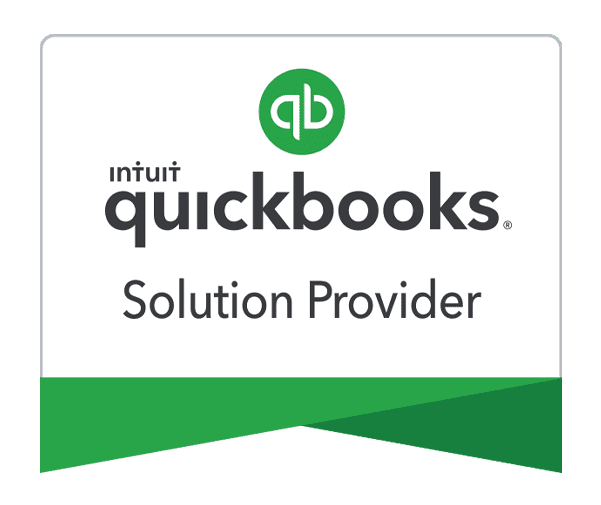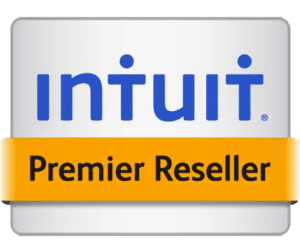Just register for the free trial below and we will send you everything you need to evaluate QuickBooks Online including 30-day access, the full 76-page QuickBooks Online Guide (details everything that you can do in the software) plus the video training library. Free end-to-end consultation and support are included so if you need any help along the way, just let us know!
Is There a Specific Time of the Month that’s Best for Migrating to QuickBooks Online?

Paygration, Inc.
Migrating to QuickBooks Online can be a transformative step for your business, offering improved accessibility, enhanced features, and seamless integration capabilities. However, the timing of your migration can significantly impact the ease and success of the transition. Understanding the best time to migrate can help minimize disruptions and ensure a smooth transition.
Let’s explore the optimal time for migrating to QuickBooks Online and provide actionable steps to facilitate the process.
Why Timing Matters in Migration
Choosing the right time for migration can mitigate potential issues and streamline the transition process. Several factors make timing a crucial consideration:
Minimizing Business Disruptions
Migrating your financial data can temporarily disrupt your business operations. Selecting a time when your business experiences lower activity levels can minimize these disruptions. This strategic timing ensures that you can focus on the migration process without compromising daily operations or customer service.
Ensuring Data Accuracy
Migrating at the end of a reporting period, such as the end of a month or fiscal quarter, can help ensure data accuracy. This timing allows you to close your books for the period and migrate clean, reconciled data to QuickBooks Online. Accurate data migration is critical for maintaining financial integrity and avoiding discrepancies.
Aligning with Tax Reporting Periods
Avoid migrating during tax season or immediately before major financial reporting deadlines. This timing ensures that you have ample time to familiarize yourself with QuickBooks Online before handling critical financial tasks. Migrating at a less hectic time allows for a more thorough review of the new system and reduces the risk of errors in your tax filings.
Learn more about QuickBooks data migration, including proper file size requirements.
Best Times of the Month for Migration
While there is no one-size-fits-all answer, certain times of the month are generally better for migration than others. Consider the following timing options based on your business’s unique needs and activities:
End of the Month
Migrating at the end of the month, after closing your books, can be advantageous. This timing allows you to migrate reconciled and accurate data, reducing the risk of discrepancies. Additionally, transitioning at the end of the month provides a clear cutoff point, making it easier to distinguish between old and new data.
Middle of the Month
For businesses with steady transaction volumes throughout the month, migrating in the middle of the month can be a viable option. This timing offers a balance between avoiding end-of-month rush and ensuring that your team has time to address any post-migration issues before the next period’s close.
Off-Peak Periods
Identify any off-peak periods in your business cycle, such as slower seasons or weeks with minimal transactions. Migrating during these times can reduce the impact on daily operations and provide a buffer for troubleshooting any migration-related issues. Off-peak periods offer a more relaxed timeline for your team to adapt to the new system.
Steps to Prepare for Migration
Proper preparation is essential for a successful migration to QuickBooks Online. Follow these steps to ensure a smooth transition:
Evaluate Your Current System
Before migrating, evaluate your current accounting system and processes. Identify any pain points, outdated data, or inefficiencies that you want to address during the migration. Understanding your current setup will help you make informed decisions about data migration and system customization.
Back Up Your Data
Ensure that you have a complete and up-to-date backup of your existing financial data. This backup serves as a safety net in case any issues arise during the migration process. Having a reliable backup ensures that you can restore your data if needed and provides peace of mind.
Reconcile Accounts
Reconcile all accounts to ensure data accuracy before migration. Address any discrepancies and close your books for the chosen migration period. Accurate reconciliations are crucial for a smooth transition, as they ensure that your financial data is accurate and up-to-date.
Inform Your Team
Communicate the migration plan to your team, including the timeline, roles, and responsibilities. Providing training and resources on QuickBooks Online will help your team adapt to the new system quickly and efficiently. Clear communication ensures that everyone is prepared for the transition and can contribute to its success.
Migration Process
Following a structured migration process helps ensure a successful transition to QuickBooks Online. Here’s a step-by-step guide:
Step 1: Set Up QuickBooks Online
Create your QuickBooks Online account and set up your company profile. Customize settings, such as tax rates, fiscal year, and chart of accounts, to match your business requirements. Setting up QuickBooks Online correctly from the start ensures that it aligns with your business needs.
Step 2: Export Data
Export your financial data from your existing system. This export typically includes lists (customers, vendors, products), transactions (invoices, payments, expenses), and historical data. Ensure that the exported data is complete and accurate, as this will form the basis for your new system.
Step 3: Import Data
Import the exported data into QuickBooks Online. Follow the import guidelines provided by QuickBooks to ensure a seamless data transfer. QuickBooks offers step-by-step instructions and support to help you through the import process, ensuring that your data is correctly transferred.
Step 4: Verify Data
Review and verify the imported data for accuracy. Compare balances, transaction details, and reports with your previous system to ensure consistency. Address any discrepancies immediately to maintain data integrity. Thorough verification is essential to ensure that your financial data is accurate and reliable.
Step 5: Customize and Optimize
Customize QuickBooks Online to fit your business processes. Set up workflows, automation, and reporting tools to optimize your financial management. Take advantage of QuickBooks Online’s features to streamline your operations and improve efficiency.
Post-Migration Tips
After migrating to QuickBooks Online, follow these tips to ensure a smooth transition and optimal use of the new system:
Conduct Training Sessions
Provide comprehensive training for your team on using QuickBooks Online. Cover essential functions, reporting, and any new processes introduced during the migration. Well-trained staff can make the most of QuickBooks Online’s features and contribute to a smoother transition.
Monitor and Adjust
Regularly monitor the performance of QuickBooks Online and address any issues promptly. Use feedback from your team to make necessary adjustments and optimizations. Continuous monitoring ensures that the system functions correctly and meets your business needs.
Leverage Support Resources
Take advantage of QuickBooks Online’s support resources, including tutorials, help articles, and customer support. These resources can help you troubleshoot issues and get the most out of the platform. Accessing support resources ensures that you can resolve any challenges quickly and efficiently.
Conclusion
Choosing the right time of the month for migrating to QuickBooks Online can significantly impact the success of the transition. By carefully planning the migration during periods of lower activity and following best practices for preparation and execution, you can ensure a smooth and efficient move to QuickBooks Online.
If you’re ready to enjoy the benefits of QuickBooks Online, talk to us at Paygration. We offer exclusive discounts, free consultations, and ongoing support to help you navigate the migration process. Contact our experts today by calling 866-949-7267 or clicking the link below.
















